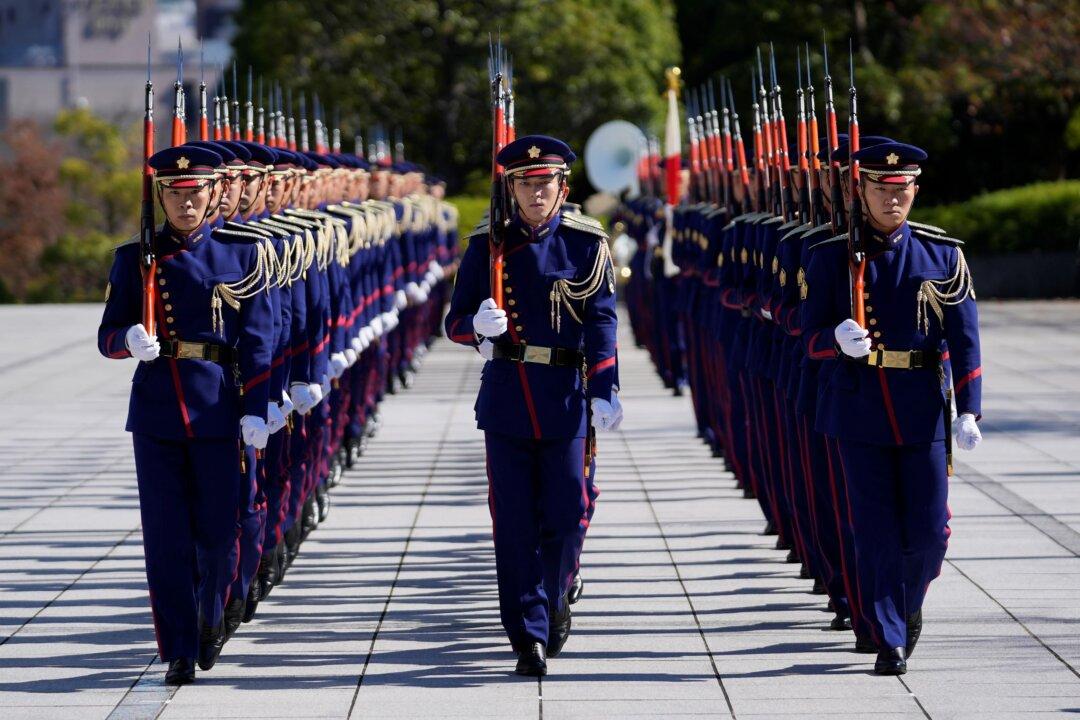Commentary
It seems like there is a sea change in Tokyo’s lackadaisical, “overly reliant on the Americans” approach to national defense.

It seems like there is a sea change in Tokyo’s lackadaisical, “overly reliant on the Americans” approach to national defense.